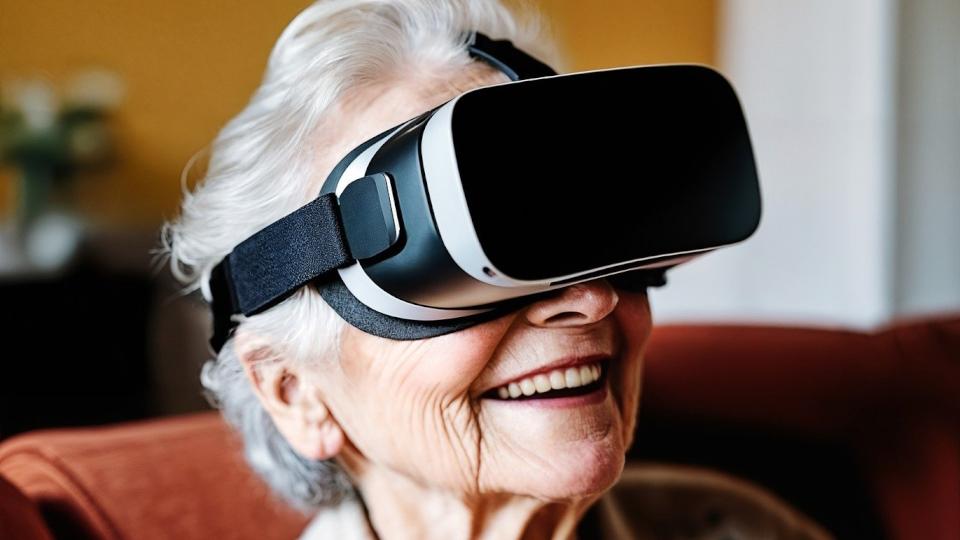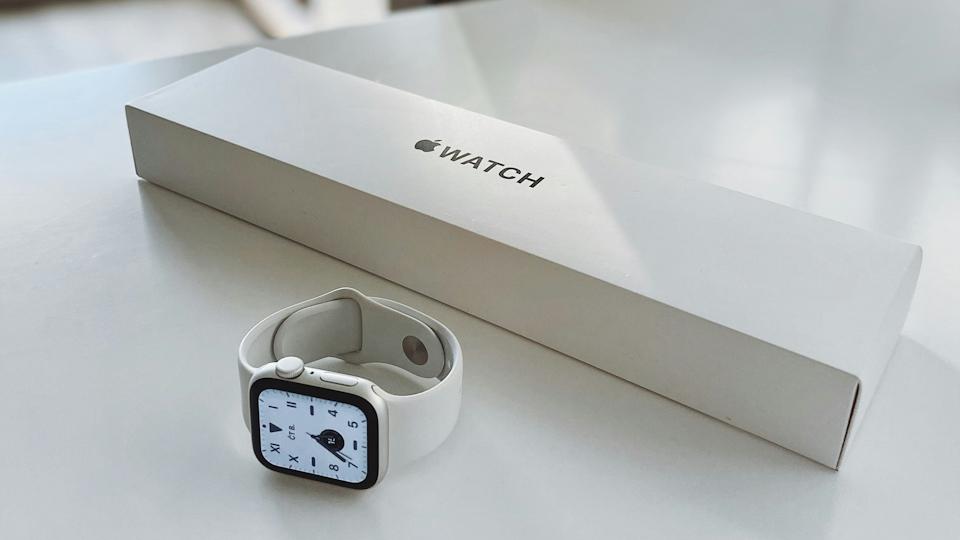VR-based navigation test may detect Alzheimer’s

A virtual reality-based task could help differentiate people with Alzheimer’s disease from the normal cognitive impairment that occurs with age, according to a pilot study.
Researchers from University College London (UCL) in the UK have developed a path integration (PI) test that asks participants to walk a triangular route wearing VR goggles, using numbered cones to guide them, and then return to the same point unaided.
The team, led by Professor Neil Burgess of UCL’s Institute of Cognitive Neuroscience, asked 31 healthy younger people, 36 healthy elderly people, and an older group of 43 subjects with mild cognitive impairment to carry out the navigational task under three conditions designed to make it progressively harder.
The first was in an unchanged virtual environment, in the second any ground details that could be used as points of reference were given a plain texture, and in the third the ground details were removed altogether. The test assessed whether the subjects could complete the task, and also zoomed in on the nature of navigational errors made.
A subset of 11 people in the MCI group also showed evidence of Alzheimer’s pathology in their spinal fluid, allowing some preliminary exploration of the test’s potential to detect signs of dementia.
The study – published in the journal Current Biology – showed that people with early signs of Alzheimer’s consistently overestimated the turns on the route and showed greater variability in their sense of direction than the other groups, including those with MCI.
There was no difference between younger and older healthy groups, suggesting that the deficits seen in people with early signs of Alzheimer’s are not the effect of regular ageing, according to the scientists, who suggest that impaired PI could serve as a cognitive biomarker for earlier Alzheimer’s.
“Our findings offer a new avenue for the early diagnosis of Alzheimer’s disease by focusing on specific navigational errors,” said joint lead author Dr Andrea Castegnaro. “However, we know that more work is needed to confirm these early findings.”
She added that work is now progressing to the design of tests that can be easily and practically integrated into clinical settings, which is important given that early diagnosis is crucial for better management and treatment of the disease.
Recent advances in blood tests that detect levels of tau and amyloid proteins could signal potential Alzheimer’s, but these tests might not be sufficient on their own.
“Cognitive assessments are still needed to understand when the first cognitive impairments develop, and when it comes to existing spatial memory tests used in clinics, those often rely on verbal competence,” said Dr Castegnero.
“Our tests aim to offer a more practical tool that doesn’t rely on language or cultural background.”
Commenting on the results, Dr Leah Mursaleen, head of research at Alzheimer’s Research UK, said that there are nearly a million people living with Alzheimer’s in the UK, but limits in current detection methods mean only around 60% of them will get a diagnosis.
“It’s vital that we develop new, more precise early detection techniques that can be easily used in healthcare systems like the NHS. This will be particularly important as we enter an era where dementia becomes a treatable condition,” she added.
Dr Mursaleen described the technology as 'promising', but acknowledged the researchers’ view that a much larger study is needed to understand its future potential.
“It will also be important to understand how digital technologies like this can be used in combination with other emerging techniques like blood tests, which are also showing huge promise for detecting Alzheimer’s disease,” she said.













